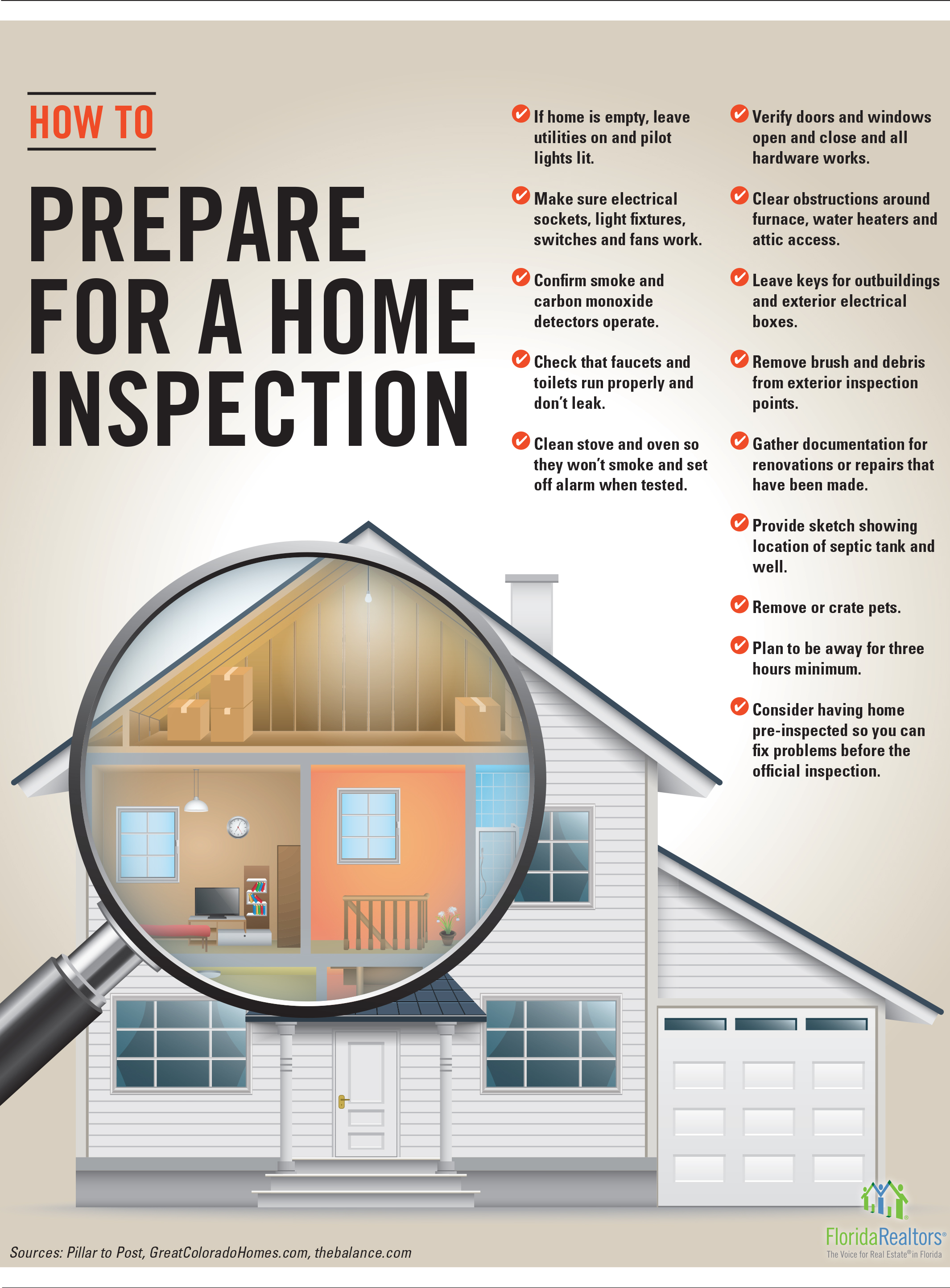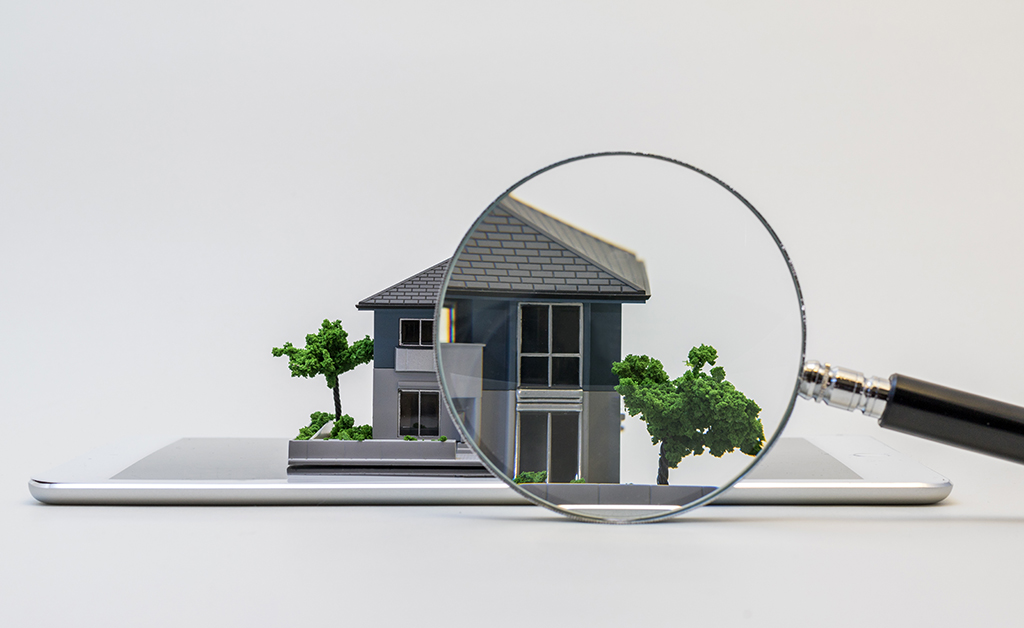Best home inspections to safeguard your investment and avoid costly repairs
Best home inspections to safeguard your investment and avoid costly repairs
Blog Article
What Is Included in a Thorough Property Assessment Process?
An extensive building examination process is crucial for securing investments and making certain safety. It encompasses a precise assessment of structural integrity, electrical systems, pipes, and HVAC units, among other vital elements. Inspectors carry out a thorough assessment of both exterior and indoor elements, recognizing prospective risks and compliance with market criteria. The resulting record acts as a crucial source for present proprietors and prospective purchasers alike. The specifics of what assessors prioritize, and the implications of their findings, can dramatically influence decision-making. What, then, are the most critical aspects that can make or break a building assessment?
Review of Building Inspection

The assessment incorporates a number of crucial locations, including the outside and interior components, systems such as plumbing and electrical, and any noticeable architectural elements (Home inspections). During the process, the assessor records the condition of these elements, seeking indicators of wear, damages, or prospective risks
An extensive property examination not only helps prospective purchasers make informed decisions yet also aids existing owners in understanding required repair work or maintenance jobs. By supplying an in-depth record of searchings for, the assessment makes it possible for stakeholders to prioritize issues that may require prompt focus or could affect future financial investment.
In addition, an efficient evaluation process complies with developed market requirements and standards, ensuring a trustworthy and regular evaluation. In general, the residential or commercial property evaluation process is a necessary tool in genuine estate purchases, advertising openness and safeguarding both customer and seller rate of interests.
Structural Evaluation

Throughout the inspection, experts analyze various parts, including the foundation, framework, wall surfaces, and roofing system systems. They seek signs of shifting or resolving, such as cracks in walls or unequal floors, which can represent underlying issues. The evaluation additionally entails analyzing the quality of building and construction materials and techniques utilized, ensuring conformity with building codes and standards.
Additionally, inspectors may look for indications of moisture invasion, which can lead to timber rot and mold, more compromising architectural honesty. They also examine load-bearing components to guarantee they can properly sustain the weight of the building and its materials.
Eventually, a complete architectural evaluation offers important understandings for possible purchasers and house owners, allowing them to make enlightened choices concerning residential or commercial property investments and required maintenance. By identifying structural concerns early, proprietors can resolve problems proactively, maintaining the long-lasting value and safety and security of the property.
Electrical System Assessment
A reliable electrical system evaluation is essential in the home evaluation procedure, as it evaluates the security, capability, and conformity of a structure's go to my site electrical infrastructure - Phoenix home inspections. This analysis generally includes a complete examination of the main electrical panel, breaker, and electrical wiring systems. Assessors look for indicators of wear, corrosion, or damage that might jeopardize safety and security
The examination consists of screening for sufficient grounding and bonding, ensuring that the electric system is correctly connected to stop electric shock or fire dangers. Inspectors additionally evaluate the capability of the electric system to take care of the present tons, determining any possible overwhelming problems that might cause failings or failures.
On top of that, the analysis checks for the presence of GFCI (Ground Fault Circuit Interrupter) and AFCI (Arc Fault Circuit Interrupter) tools in proper locations, which are important for shielding versus electrical shocks and avoiding fires. Conformity with local building codes and laws is likewise verified to make certain that any kind of setups or modifications fulfill safety requirements.

Pipes and HVAC Checks
Following the electrical system evaluation, the plumbing and HVAC checks are integral elements of the home assessment procedure. These analyses guarantee that the vital systems of the home are operating effectively and securely, thus safeguarding the financial investment and well-being of the owners.
During pipes inspections, specialists evaluate the problem of pipelines, fixtures, and drain systems. They look for leakages, deterioration, and any kind of indicators of water damage that can suggest bigger read this issues. The performance of water heating systems is also examined to guarantee they meet current standards and provide adequate warm water supply.
The heating and cooling checks entail a complete evaluation of air flow, home heating, and air conditioning systems. Inspectors will certainly assess the functional performance of these systems, making sure that they preserve a comfortable interior atmosphere. This consists of checking the furnace, air conditioner, ductwork, and thermostat performance. Additionally, the inspector will certainly look for any indications of wear or possible safety dangers, such as carbon monoxide gas leakages in heater.
Exterior and Interior Evaluations
Exterior and indoor inspections are essential elements of the residential or commercial property assessment process, offering an extensive review of a home's problem. The external inspection includes evaluating structural elements such as the roof covering, exterior siding, foundation, and windows.
The interior examination concentrates on the problem of living spaces, including wall surfaces, flooring, and ceilings. Inspectors check out the Phoenix property inspections capability of doors, appliances, and windows, while also looking for indications of dampness or architectural issues. Electric systems, plumbing fixtures, and cooling and heating systems are scrutinized to guarantee they remain in working order, compliant with building regulations, and without safety dangers.
Both inspections culminate in an in-depth report that highlights essential findings and referrals for repairs or more examinations. This twin technique makes certain that prospective customers or owners are totally educated concerning the residential or commercial property's toughness and weaknesses, enabling them to make knowledgeable choices.
Verdict
In verdict, a thorough building examination procedure includes a substantial examination of structural stability, electric systems, pipes, and a/c units, along with in-depth exterior and interior assessments - Commercial property inspections. By systematically assessing each critical component, potential security risks and conformity with industry standards and local building codes can be determined. The resultant thorough record works as a crucial source, empowering property owners and buyers to make informed decisions concerning residential or commercial property financial investments and upkeep, inevitably enhancing security and value
An extensive residential or commercial property evaluation procedure is vital for safeguarding financial investments and making sure security.Throughout the inspection, professionals analyze numerous components, consisting of the foundation, framework, wall surfaces, and roofing systems.A reliable electrical system analysis is critical in the residential property evaluation process, as it assesses the safety and security, capability, and conformity of a structure's electrical facilities.Exterior and interior assessments are important elements of the residential property evaluation process, offering an extensive introduction of a building's condition.In verdict, a thorough home assessment procedure incorporates an extensive analysis of architectural integrity, electric systems, pipes, and A/c units, along with comprehensive exterior and interior evaluations.
Report this page